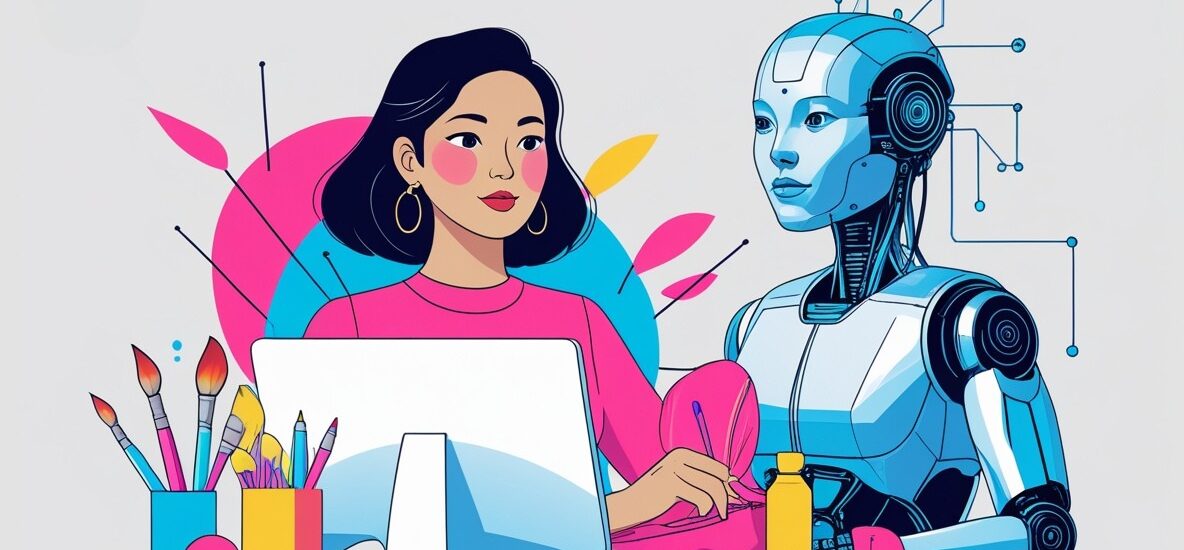Across Asia, storytellers, illustrators, musicians, and filmmakers are confronting a new force reshaping their creative landscape: artificial intelligence. The machine is no longer confined to number crunching or automation—it has entered the space of imagination, producing poems, melodies, and images with startling speed. For many, this shift feels like a cultural crossroads: will AI replace centuries of craft, or will it serve as a catalyst for a new golden era of creativity?
The conversation isn’t academic—it’s urgent. A young illustrator in Jakarta sees commissions vanish overnight because AI art floods the market. A digital animator in Seoul experiments with AI to cut production costs in half. A film director in Mumbai wonders if algorithms can help visualize scenes faster than human teams. The stakes are high, not just for individuals but for entire industries and economies across Asia.
This blog explores the tension, the promise, and the pitfalls of AI’s role in Asia’s creative industries. From iSmart Communications Services deploying AI Marketing strategies to startups experimenting with AI Content Generation, the question is not only about survival but about transformation. The real inquiry is this: Can AI enhance human creativity without erasing it?
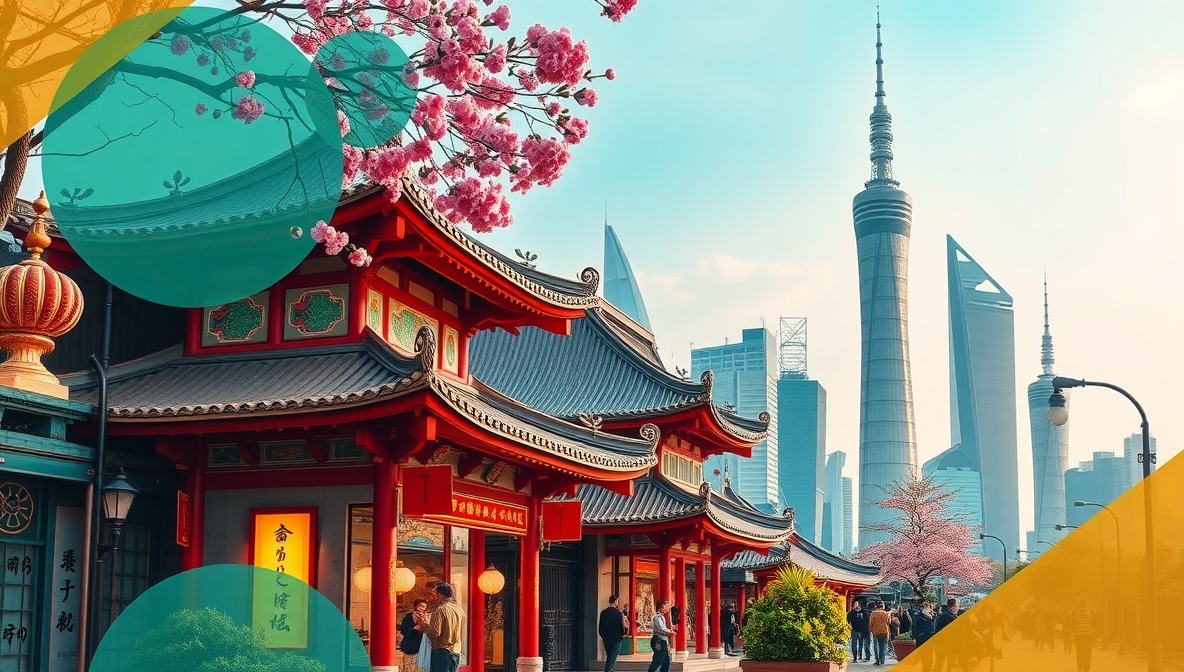
Asia’s Creative Ecosystem: Richness on the Edge of Reinvention
Asia’s creative ecosystem is vast and diverse. From Japanese manga and South Korean K-pop to Bollywood cinema and Indonesia’s batik-inspired digital art, the region thrives on cultural depth. Each tradition carries generations of storytelling, symbolism, and craft. Yet, this very richness now faces disruption.
The speed of AI Content Generation has introduced both fear and fascination. Creators see algorithms mimicking brushstrokes, producing melodies, and even writing scripts. But while AI can replicate, it cannot originate cultural context—it cannot feel the weight of ancestral rituals or the subtleties of oral traditions passed down through centuries.
At the same time, corporate forces are leaning heavily into AI Marketing and creative automation. Companies like iSmart Communications Services leverage AI to transform customer engagement campaigns, blending data insights with creative storytelling. This fusion hints at a new model where Asia’s creators might not be replaced but instead elevated—able to focus on narrative depth while machines handle the repetitive grind.
The ecosystem is at a pivot point. It can either embrace AI as a cold disruptor or as a powerful collaborator. Which path it chooses will define not only the industries but also the soul of Asia’s creative identity.
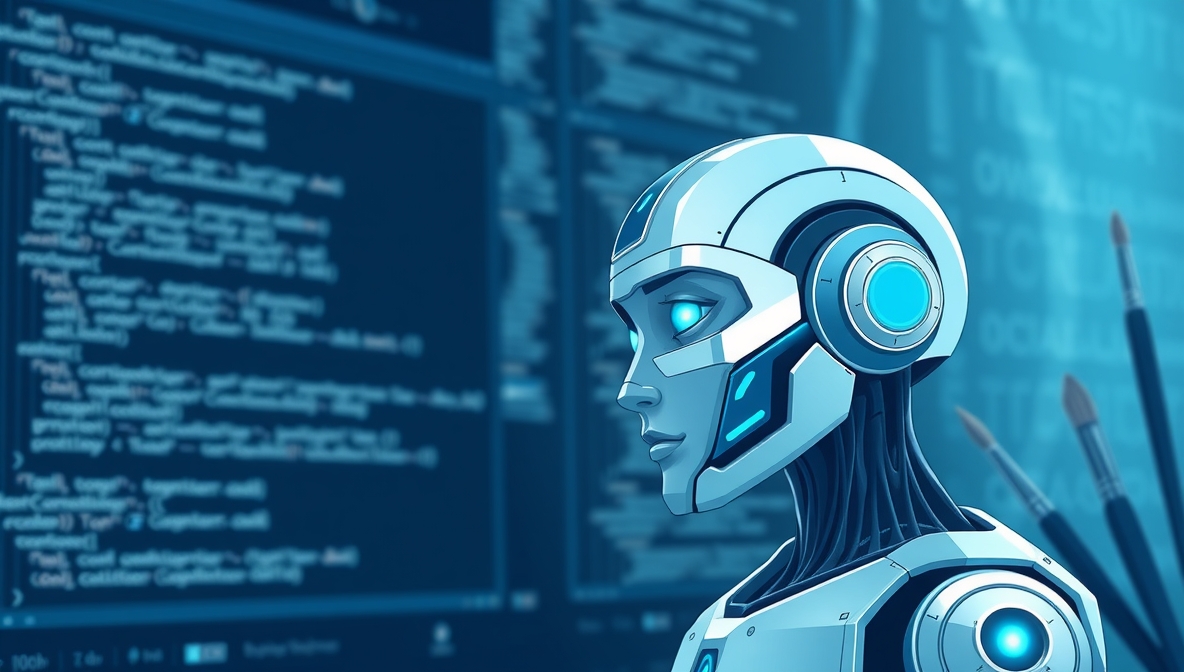
AI as a Creative Partner: Magic, Speed, and Scale
In Southeast Asia, artists are discovering that AI doesn’t have to be an enemy—it can be a partner. Indonesian visual creators, for instance, are blending traditional motifs with AI-driven design platforms to produce animations that feel both modern and rooted. In the Philippines, digital storytellers are using AI to scale comic book production, cutting down processes that used to take months.
Airlines, fashion brands, and music companies are also experimenting. AirAsia, for example, has redefined its creative output by weaving AI into campaigns, producing faster results with fewer resources. This mirrors what iSmart Communications Services is championing through AI Marketing—creativity that combines human intuition with machine efficiency.
The gritty truth is that AI can bring magic, speed, and scale into creative industries that often struggle with time and budget pressures. A music producer in Bangkok can generate hundreds of beats in an afternoon. A filmmaker in Mumbai can storyboard ten versions of a scene without hiring additional staff. For creators under pressure to constantly deliver, AI becomes a lifeline.
Yet, this partnership is fragile. If the machine leads, creators risk losing authenticity. If humans lead, the partnership turns AI into an amplifier rather than a replacement. That is where the future lies—finding the balance that lets Asia’s creators hold onto the soul of their work while embracing the machine’s efficiency.
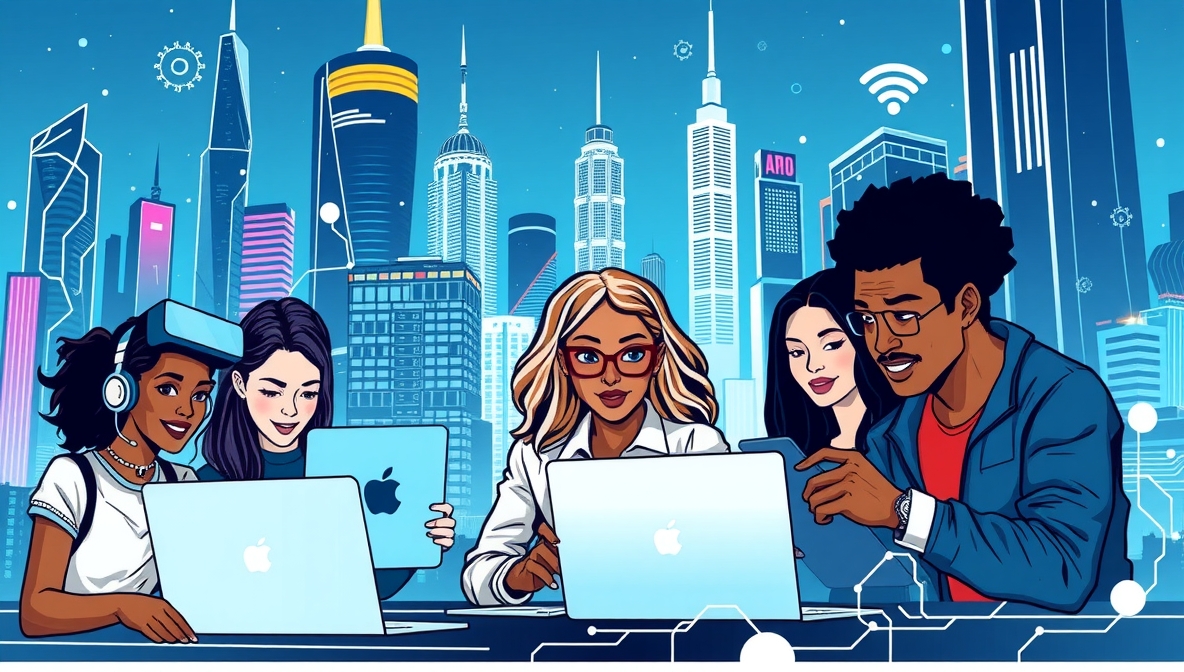
The Tech Boom: Startups and Innovations Driving Change
Across Asia, a storm of innovation is brewing. From Singapore to Shenzhen, startups are racing to develop platforms that merge creativity with algorithms. Generative AI isn’t just a concept; it’s a tool reshaping media, advertising, and entertainment.
Alibaba Cloud’s Tongyi model is already capable of producing highly realistic visual content at scale, empowering marketers, filmmakers, and e-commerce players to reduce creative costs dramatically. In China, COL Group has used AI to produce anime shorts in record time, setting a precedent for content factories powered by algorithms. Meanwhile, Southeast Asian startups are emerging with AI platforms tailored to local languages and cultural nuances—a step toward making AI more than a generic Western export.
iSmart Communications Services is aligning with this wave, championing AI Content Generation as a way to bridge cultural relevance with global scalability. By harnessing machine learning, data-driven insights, and automated storytelling, they prove that AI isn’t just about speed but about resonance with diverse audiences.
The rise of these technologies is transforming Asia’s creative landscape into an experimental playground. But the deeper question remains: will these tools enable creators to thrive—or will they accelerate homogenization and dependency on machine-led templates?
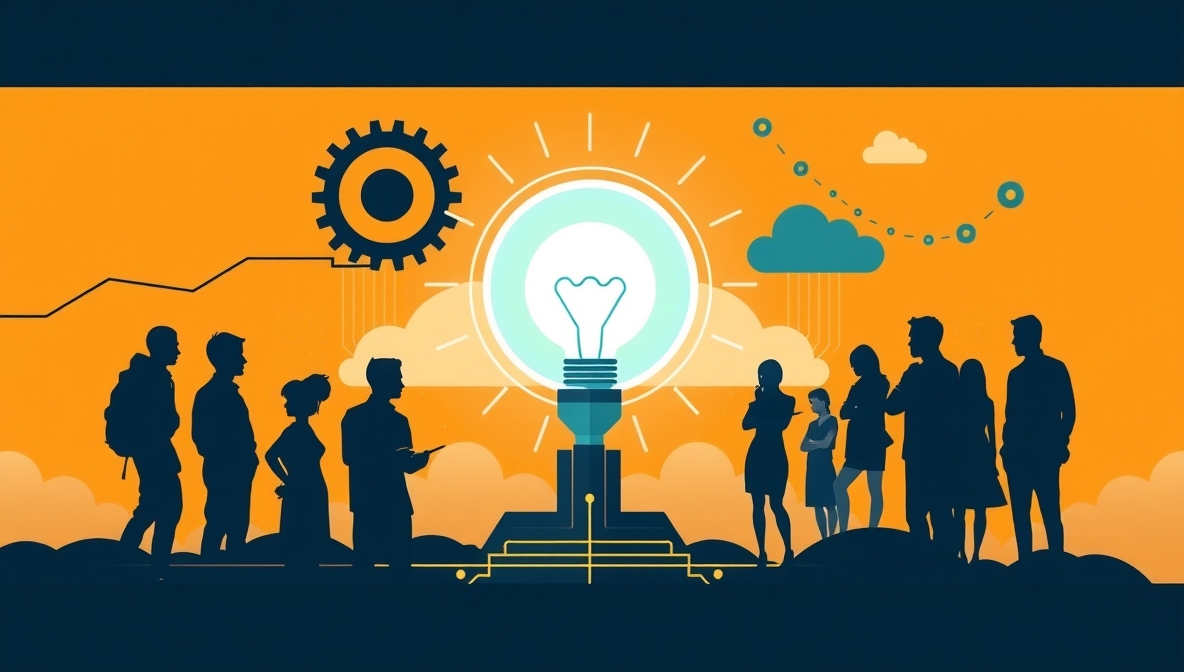
The Upside: Speed, Access, and Democratization
AI’s biggest gift to Asia’s creators is access. What once required expensive studios, teams, and budgets can now be achieved with a laptop and an internet connection. A filmmaker in Vietnam can generate 3D assets overnight. A student in Manila can compose symphonies using AI-assisted platforms.
The democratization of creativity is real. AI Content Generation platforms level the playing field, giving underfunded creators the ability to compete with industry giants. This accessibility is mirrored in AI Marketing, where tools like predictive analytics and automated campaign generation allow smaller brands to compete with multinational corporations. Companies like iSmart Communications Services are ensuring that AI is not just in the hands of the elite, but available for businesses and creators across the region.
Speed is another transformative benefit. Brainstorming sessions that once dragged on for days can now be jump-started by AI, generating dozens of concepts in minutes. Creators can then refine, reimagine, and reshape these drafts into something uniquely theirs.
But the danger here is overreliance. If AI becomes the default, creativity risks collapsing into algorithmic sameness. The key lies in treating AI as a tool for acceleration, not a crutch for imagination.

The Downside: Displacement, Copyright, and Creative Homogenization
For every success story, there’s a darker counterpart. Across Asia, creators are already feeling the sting of displacement. Indonesian illustrators have seen commissions vanish because AI-generated art floods online marketplaces at cutthroat prices. Japanese artists are sounding alarms over copyright, as lax regulations make their work vulnerable to exploitation by AI training models.
The economic fallout is severe. When companies can generate a “good enough” design in seconds, why pay a human? The danger isn’t just financial—it’s cultural. If AI systems dominate, they risk producing a homogenized version of creativity, stripping away the quirks, imperfections, and humanity that give art its emotional impact.
This is where organizations like iSmart Communications Services have a responsibility. By advocating ethical AI Marketing and responsible AI Content Generation, they can help protect creator rights while pushing industries forward. Fair licensing models, transparent attribution, and creator-led oversight are not luxuries—they’re necessities if Asia’s creative economy is to survive the AI wave.
The truth is harsh: without regulation and respect for human artistry, Asia risks losing its creative diversity in the pursuit of efficiency.

Voices of Resistance and Reinvention
Not all creators are surrendering to the machine. Veteran filmmaker Shekhar Kapur insists that while AI can enhance processes, it cannot replicate the curiosity and imagination at the core of human creativity. In India, thought leaders frame AI not as a rival but as a tool—valuable but incapable of replacing narrative-driven art.
Musicians, painters, and digital entrepreneurs across Asia echo this sentiment. They acknowledge that AI has utility but caution against letting it dictate the creative agenda. Jon Krohn from Bloomberg argued that while AI-generated visuals are technically flawless, they lack the narrative backbone that allows audiences to feel a story.
At the same time, innovators are finding middle ground. In Hong Kong, artists use AI to draft ideas, then infuse them with cultural nuance. In Singapore, startups pair human-led branding with AI Marketing insights to create campaigns that resonate emotionally while scaling globally. iSmart Communications Services embodies this spirit, blending human strategy with machine execution to strike a delicate balance between innovation and authenticity.
The message is clear: AI cannot define creativity—it can only expand its canvas. The responsibility to wield it wisely rests squarely in human hands.
Conclusion: Humanity at the Helm
Asia’s creative industries stand at a defining moment. On one side lies the promise of AI—a tool capable of supercharging productivity, expanding access, and amplifying voices once stifled by resource constraints. On the other lies the risk of erasure, where machines dictate the rhythm of creativity and reduce art to sterile patterns.
The real answer to the question—Can AI enhance human creativity?—is yes, but only under one condition: humans must remain at the helm. AI Marketing, AI Content Generation, and tools from firms like iSmart Communications Services should be designed to serve creators, not sideline them.
The future belongs to those who embrace collaboration rather than competition. The machine is here to stay, but the spark of imagination—the grit, the curiosity, the courage to tell stories no algorithm could predict—remains uniquely human.

